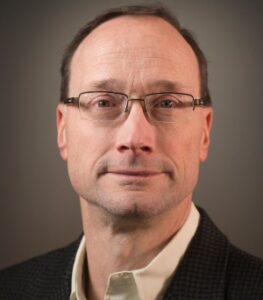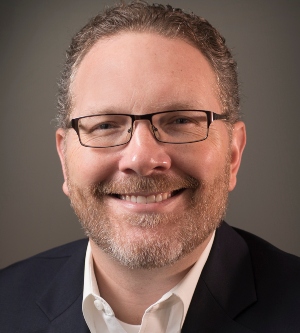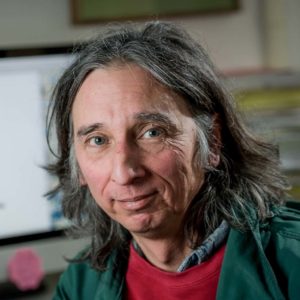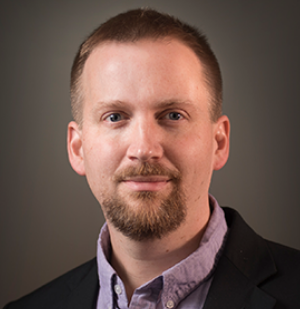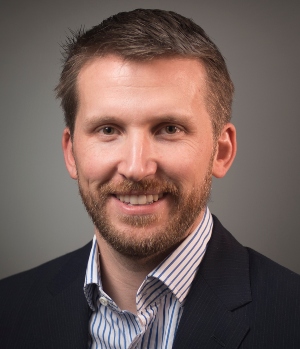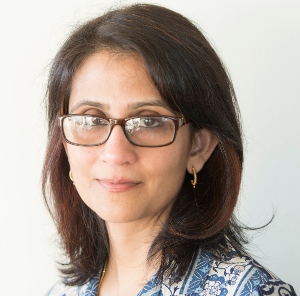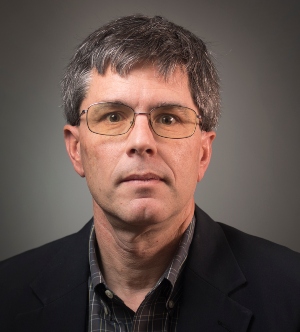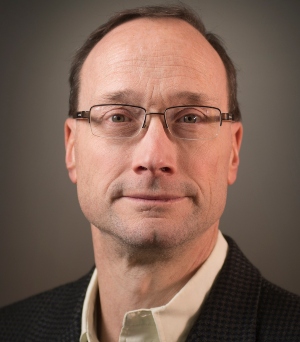RadioHound: A Low-Cost Spectrum Sensor
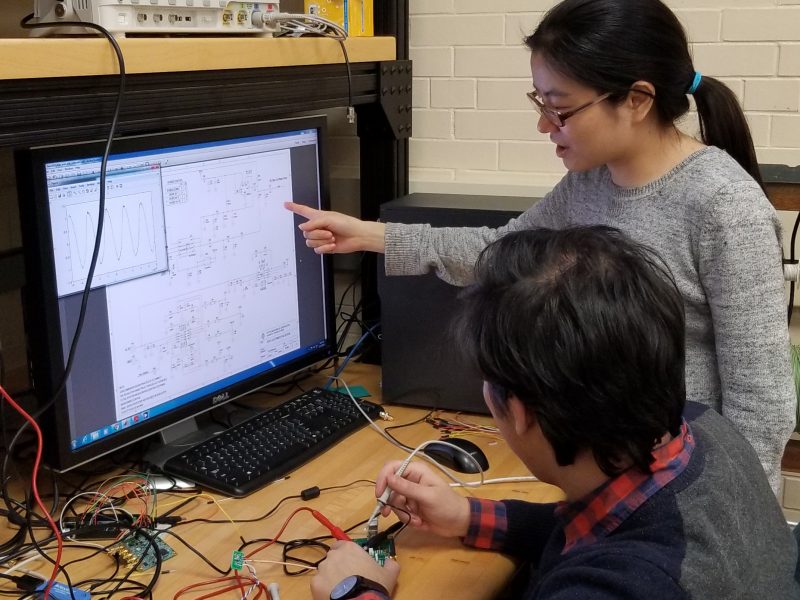
Principal Investigator: Dr. Hochwald, Department of Electrical Engineering. This project also involves Drs. Laneman of the Department of Electrical Engineering, and Staff Software Engineer Randy Herban.
Project Summary:
RadioHound, an ongoing project at ND Wireless Institute, is the development of low-cost, portable spectrum measurement sensors capable of tuning over a wide range of frequencies commonly used by everything from cellular phones to wireless local area networks, to radios and televisions. A software platform to control these sensors is also being designed. One goal is to distribute these sensors over a wide geographical area and thereby crowd-source the real-time measurements to create a “heat-map” of spectrum usage over the area and across frequency. Such a map would be used, for example, to determine where spectrum congestion is dense. We are on version 3.7 of the sensor.
Student’s Role:
The project has many hardware and software components and opportunities for students to contribute, depending on their technical software and hardware maturities and skillsets. Basic hardware and laboratory capabilities, and knowledge of C, Python, and networking are a plus, but not required. In particular, we have an opening for help with software controlling the board and displaying a spectrum map. Laboratory measurements, and experimental verification of board performance and spectrum heat-maps will also be performed. Hence, knowledge of laboratory equipment and practices is advantageous.
